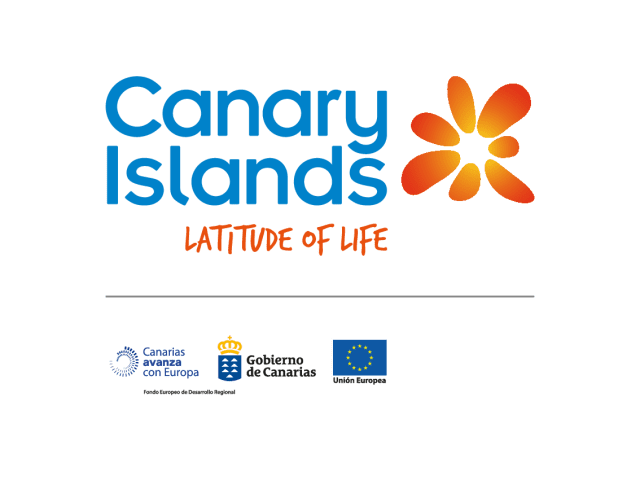Declared a UNESCO Biosphere Reserve and World Geopark, the island of Lanzarote in the Canary Islands is known within the global space community for its uncanny geological resemblance to both the Moon and Mars, so much so, that the island’s Timanfaya National Park, has become one of the world’s most important research centres for space exploration.
Timanfaya National Park has been used by both the National Aeronautics and Space Administration (NASA) and the European Space Agency (ESA) for astronaut training as well as testing Mars Rovers, due to its similarities with the red planet. In fact, the importance of the island is evident in the name of the landing area planned for this extraplanetary mission, which is called Timanfaya.
The European Space Agency (ESA) chose Lanzarote for experiments, instrument-testing and astronaut training due to its unique geological conditions similar to those found 54.6 million kilometres away from Earth.
“Mars is volcanic terrain like Lanzarote, and not only that, but the type of basalt soil in and around Timanfaya National Park is the same as on Mars and the visual similarities are striking” emphasizes Antonio Manuel EFF-Darwich, researcher at the Institute of Astrophysics of the Canary Islands and professor at the University of La Laguna expert in asteroseismology, who has led educational projects related to Mars.
He continued, “In fact, the soil will reflect the type of crops that will be on Mars, since they will have to be like those on Lanzarote; as well as its studies on the humidity that agriculture is capable of retaining on volcanic terrains or the habitability of lava tubes, which have also been studied with exercises in the field.”
“When it was calculated where the Mars 2020 Perseverance Rover would land on Mars, it was chosen to be in a work grid called Timanfaya,” explains Jesús Martínez Frías, from the Geoscience Institute of Madrid. The institute wasalso responsible for the space missions of Lanzarote and Tenerife as the Center for Planetary Studies, which also named it in tribute to the importance of Lanzarote for the mission. Martínez Frías explained, “this was picked up by the BBC and other international networks and media, in addition to scientific research articles. I am proud that they have accepted my proposal to name the possible landing zone as Timanfaya. Lanzarote and Timanfaya National Park are now on Mars as the site fixed by NASA engineers to land the Mars 2020 Perseverance Rover on its most important mission to search for life on the red planet.”
The European Space Agency (ESA) was interested in the work being done in Lanzarote and sent groups of scientists to begin the field training of astronauts in 2016, 2017 and 2018.
“Through the rocks and minerals of Lanzarote’s landscapes we can understand the history of Mars,” says Martínez Frías, instructor of astronauts who travelled to Lanzarote. “Lanzarote is a treasure, a real pearl for interplanetary travel studies, as it is close to the ESA centers in Europe; it is well preserved and institutionally protected, because it is a Biosphere Reserve and a UNESCO World Geopark,” Frías stresses.
Studies for the Mars mission of the Perseverance Rover have also been carried out in the Canary Islands at El Teide National Park, Tenerife. “It’s altitude and volcanic origin have been decisive in investigating how ultraviolet radiation would affect the astronauts, since very high levels can be found on the peak of El Teide,” reveals Antonio Manuel Eff-Darwich.
IMAGES: https://www.dropbox.com/sh/r8a75met0zmqu1m/AADSZ_S_h8s696_Pv0Q0G4fKa?dl=0
For more information please visit www.hellocanaryislands.com
ENDS
For more information on the Canary Islands please contact Niamh Waters niamh@travelmedia.ie

